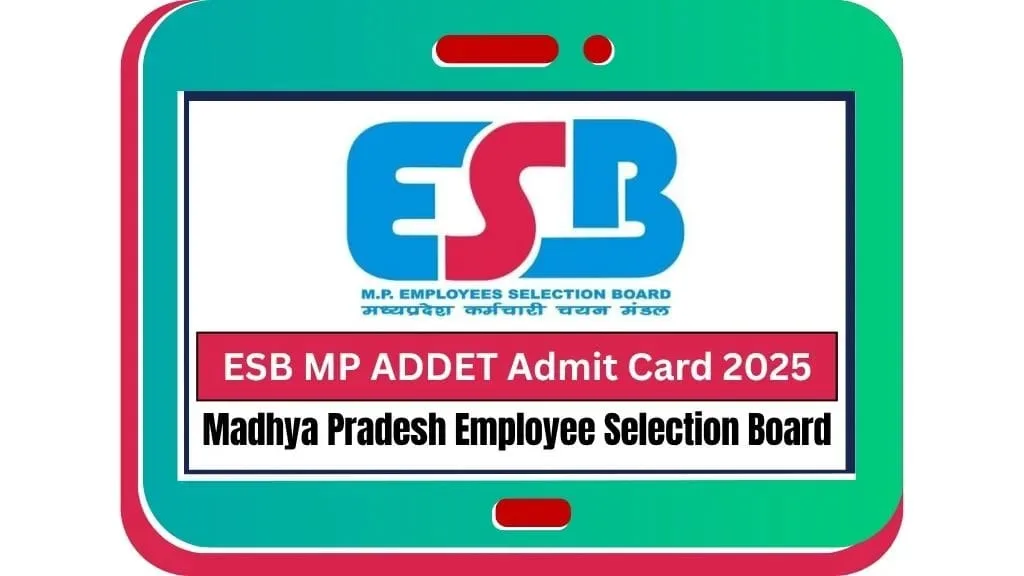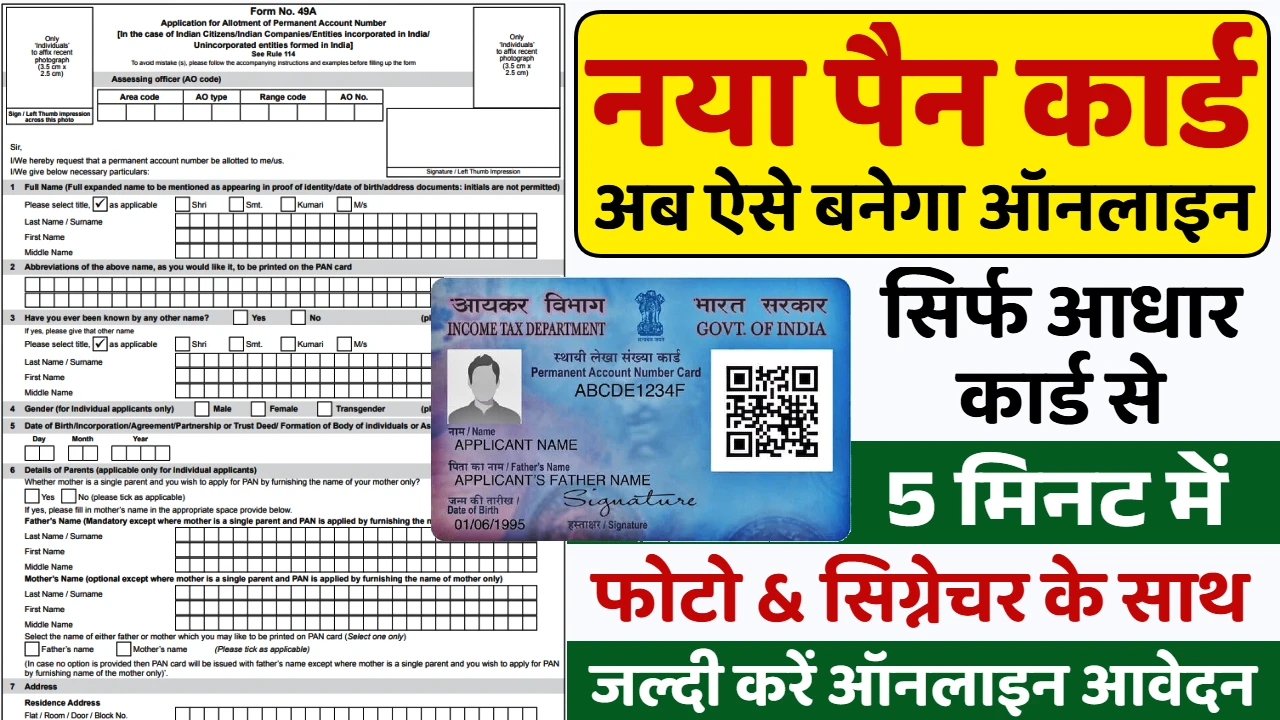The digital landscape is a constantly shifting terrain, and at its heart lies Google’s ever-evolving algorithms. For content creators, publishers, and SEO professionals, staying abreast of these changes isn’t just beneficial – it’s absolutely critical for visibility and traffic.
2025 has already proven to be a pivotal year, marked by significant Google Discover algorithm updates that are reshaping how content is surfaced and consumed. This article delves into the nuances of these changes, dissecting what’s new and, more importantly, how you can adapt your strategy to dominate Google Discover and capture the attention of a highly engaged audience.
The Shifting Sands of Search: Understanding Google’s 2025 Vision 🤔
Google’s overarching goal remains consistent: to provide users with the most relevant, high-quality, and satisfying content possible. The updates witnessed in 2025, particularly the March and June Core Updates, are a testament to this ongoing commitment. These aren’t isolated tweaks; they represent a deeper philosophical shift towards prioritizing user experience and rewarding genuinely valuable content. Publishers who embrace this philosophy are poised for success, while those clinging to outdated tactics risk being left behind.
- March 2025 Core Update: This update was particularly impactful, with reports of significant fluctuations, especially for YMYL (Your Money Your Life) sites. Google emphasized the importance of first-hand experience and authentic content, moving away from programmatic or spammy pages. It was a clear signal that E-E-A-T is more critical than ever.
- June 2025 Core Update: The most recent update, currently rolling out, is described by Google as a “regular update designed to better surface relevant, satisfying content for searchers from all types of sites.” While seemingly routine, core updates always have a broad impact, including on Google Discover. This reinforces the need for consistent quality across your entire website.
E-E-A-T Takes Center Stage: The Pillars of Trust and Authority 🏆
For years, E-A-T (Expertise, Authoritativeness, Trustworthiness) has been a cornerstone of Google’s quality guidelines. In 2025, “Experience” has been firmly cemented into the acronym, making it E-E-A-T. This addition is not merely semantic; it signifies a heightened emphasis on content that demonstrates real-world experience and practical knowledge. For Google Discover, where content is often served to users proactively, this aspect becomes even more crucial for establishing credibility and fostering engagement.
- Demonstrating Experience:
- First-hand accounts: Share personal anecdotes, case studies, and original research that showcase your direct experience with the topic.
- Practical application: Go beyond theoretical knowledge; illustrate how concepts are applied in real-world scenarios.
- Visual proof: If applicable, include images or videos that demonstrate your experience (e.g., product reviews, DIY guides).
- Highlighting Expertise:
- Author bylines and profiles: Ensure every article features a clear author byline linked to a comprehensive author profile page detailing their credentials, expertise, and publication history.
- Niche specialization: Focus on becoming an authority within a specific niche rather than broadly covering too many topics.
- In-depth coverage: Provide comprehensive, well-researched content that delves deep into a subject, offering unique insights.
- Building Authoritativeness:
- High-quality backlinks: Earn contextual and relevant backlinks from other authoritative and reputable websites in your industry. Focus on quality over quantity.
- Brand mentions: Cultivate a strong brand presence and encourage mentions across various platforms.
- Industry recognition: If you or your organization have received awards, certifications, or positive media coverage, highlight them.
- Fostering Trustworthiness:
- Accuracy and fact-checking: Ensure all information is factually correct and backed by credible sources. Cite your references.
- Transparency: Clearly state your editorial policies, contact information, and any disclaimers.
- User reviews and testimonials: Positive user feedback and reviews can significantly boost your trustworthiness signals.
User Experience (UX) at the Forefront: A Seamless Journey 🚀
Google Discover is a highly visual and mobile-first experience. As such, the user experience (UX) of your website plays an even more critical role in determining Discover visibility. The Core Web Vitals remain fundamental, but the focus extends to overall site performance, navigability, and how engaging your content is for the user.
- Core Web Vitals in 2025:
- Largest Contentful Paint (LCP): Aim for an LCP of less than 2.5 seconds. Optimize images (use WebP or other next-gen formats), implement lazy loading, and consider a Content Delivery Network (CDN).
- Interaction to Next Paint (INP) (replacing FID): This metric measures the overall responsiveness of a page to user interactions. Minimize JavaScript execution and optimize for faster input delay.
- Cumulative Layout Shift (CLS): Ensure visual stability by defining image and video dimensions upfront to prevent unexpected layout shifts.
- Mobile-First Everything: Google Discover is primarily accessed on mobile devices. Your website must be fully optimized for mobile. This means a responsive design, fast loading times on mobile networks, and intuitive navigation for smaller screens.
- Intuitive Navigation: A clear and logical site structure is essential. Users should easily find related content, enhancing their overall experience and encouraging longer dwell times.
- Accessibility: Design your website with accessibility in mind, catering to users with diverse needs. This not only improves UX but also signals a commitment to inclusivity.
Content Strategy for Discoverability: Beyond Keywords 💡
While traditional SEO principles like keyword optimization are still relevant, Google Discover requires a nuanced approach to content creation. It’s less about direct queries and more about predictive interest, trending topics, and rich media.
- Timely & Trending Topics:
- Monitor emerging trends: Utilize tools like Google Trends, social media (X/Twitter, Reddit), and industry news to identify hot topics that align with your niche.
- Rapid publishing: For breaking news or rapidly evolving trends, speed of publication can be a significant advantage.
- Evergreen content with a fresh spin: While trending content often gets initial Discover spikes, evergreen content can also perform well if it’s regularly updated and presented with a fresh perspective.
- High-Quality, Engaging Visuals:
- Large, compelling images: Google explicitly states that large, high-quality images (at least 1200 px wide) are more likely to generate visits from Discover. Ensure they are enabled by the
max-image-preview:largesetting or by using AMP. - Avoid stock photos: Use original, captivating visuals that stand out and accurately represent your content.
- Video content: Optimize videos with relevant titles, descriptions, and tags. Interactive video elements can further boost engagement.
- Large, compelling images: Google explicitly states that large, high-quality images (at least 1200 px wide) are more likely to generate visits from Discover. Ensure they are enabled by the
- Entity-Based Content:
- Focus on named entities: Center your content around 1-2 primary named entities (people, places, products, concepts). This helps Google understand the semantic relevance of your content.
- Hierarchical structure: Use H1, H2, H3 headings to reflect semantic depth and organize your content logically, making it easier for Google to parse.
- Storytelling & Unique Insights:
- Narrative approach: Content that tells a story well or provides unique insights tends to resonate more with Discover users.
- Solve problems: Focus on creating content that genuinely answers user questions and solves their problems.
- Curiosity gap headlines: While avoiding outright clickbait, craft compelling headlines that generate curiosity and entice users to click. Remember, the content must deliver on the promise of the headline.
- Balance Evergreen and Timely Content: A strong content strategy for Discover often involves a mix. Trending news can provide immediate spikes, while well-maintained evergreen content can drive consistent, long-term traffic when it aligns with recurring user interests.
The AI Imperative: Adapting to Gemini & Beyond 🤖
Google’s advancements in Artificial Intelligence, particularly with Gemini and MUM, are profoundly influencing how content is understood and surfaced. AI Overviews (formerly SGE) are becoming more prevalent, offering direct answers within search results. This means your content needs to be structured in a way that allows AI to easily extract information.
- Optimizing for AI Overviews:
- Q&A snippets: Structure your content to include clear question-and-answer sections (e.g., “How to [problem] in 5 steps”).
- Concise summaries: Provide clear, concise summaries of key information that AI can readily pull for direct answers.
- Structured data: Utilize Schema markup (e.g., Article, FAQPage, HowTo) to provide explicit context to Google about your content. While not a direct ranking factor for Discover, it enhances Google’s understanding and can lead to rich snippets in search, indirectly benefiting Discover eligibility.
- Understanding Multimodal Queries: With the rise of voice search and image search, content needs to be optimized for different input types.
- Voice search optimization: Target long-tail keywords and conversational phrases that align with how people speak their queries.
- Image optimization: Use descriptive filenames and alt text for all images to improve their discoverability in image carousels.
- First-Party Data and Contextual Targeting: As privacy concerns grow, Google is moving away from third-party cookies. This emphasizes the importance of first-party data collection and contextual targeting. While more relevant for advertising, understanding your audience directly can inform your Discover content strategy.
Technical SEO for Discover Success: The Unseen Foundation ⚙️
Even with compelling content, a strong technical foundation is essential for Discover visibility. Google’s crawlers need to easily access, understand, and index your content.
- Crawlability and Indexability: Ensure your website is easily crawlable and indexable by Googlebot. This means a well-structured site, proper use of
robots.txt, and a clean sitemap. - Site Security (HTTPS): An HTTPS-secured website is a fundamental requirement for trust and is a baseline ranking factor.
- RSS/Atom Feeds for “Follow”: Optimize your website for the “Follow” feature in Google Discover by ensuring you have valid RSS or Atom feeds linked in the
<head>section of your pages. Provide a clear and descriptive title for your feed. - Monitor Performance: Regularly check your Google Search Console Discover report to track impressions, clicks, and average CTR. Analyze which content performs well and identify opportunities for improvement. Sorting by impressions can reveal content that Discover considered a good fit, even if it didn’t always get the highest click-through rates.
Beyond the Algorithm: Cultivating a Discover-Friendly Mindset ✨
Ultimately, ranking on Google Discover in 2025 isn’t just about technical tweaks or keyword stuffing. It’s about adopting a holistic approach that prioritizes the user and consistently delivers exceptional value.
- Audience-Centric Content: Always ask yourself: “Is this content truly helpful, reliable, and people-first?” If your content serves your audience’s needs, Google is more likely to reward it.
- Continuous Improvement: The digital landscape is dynamic. Regularly update and refresh your content, even evergreen pieces, to ensure continued relevance and accuracy.
- Experimentation and Analysis: Google Discover can be somewhat unpredictable. Don’t be afraid to experiment with different content formats, headlines, and image styles. Crucially, analyze your data in Google Search Console to understand what resonates with your audience on Discover. If a piece of content takes off, create more like it and cross-link it internally.
The Google Discover algorithm updates of 2025 underscore a clear message: quality, user experience, and authentic expertise are paramount. By embracing these principles and strategically optimizing your content, you can significantly enhance your chances of appearing in users’ Discover feeds, driving valuable traffic, and solidifying your presence in the ever-evolving world of digital content.
Frequently Asked Questions
Q1: How quickly can I expect to see my content appear on Google Discover after optimizing?
A1: There’s no guaranteed timeline. Content can appear in Google Discover within hours of publication, especially for trending news. However, visibility depends on many factors, including how well your content aligns with a user’s interests and your site’s overall E-E-A-T. Older, relevant content can also appear if it remains helpful.
Q2: Do I need AMP (Accelerated Mobile Pages) to rank on Google Discover in 2025?
A2: No, AMP is not a prerequisite for Google Discover. While AMP can certainly contribute to a fast and mobile-friendly experience, content is automatically eligible to appear if it’s indexed by Google and meets Discover’s content policies. Focus on overall mobile performance and Core Web Vitals regardless of AMP.
Q3: What type of content performs best on Google Discover?
A3: Content that is timely for current interests, tells a story well, or provides unique insights tends to perform best. This often includes trending news, informational guides, and evergreen content that remains relevant over time, especially when accompanied by large, high-quality images and demonstrating strong E-E-A-T.












